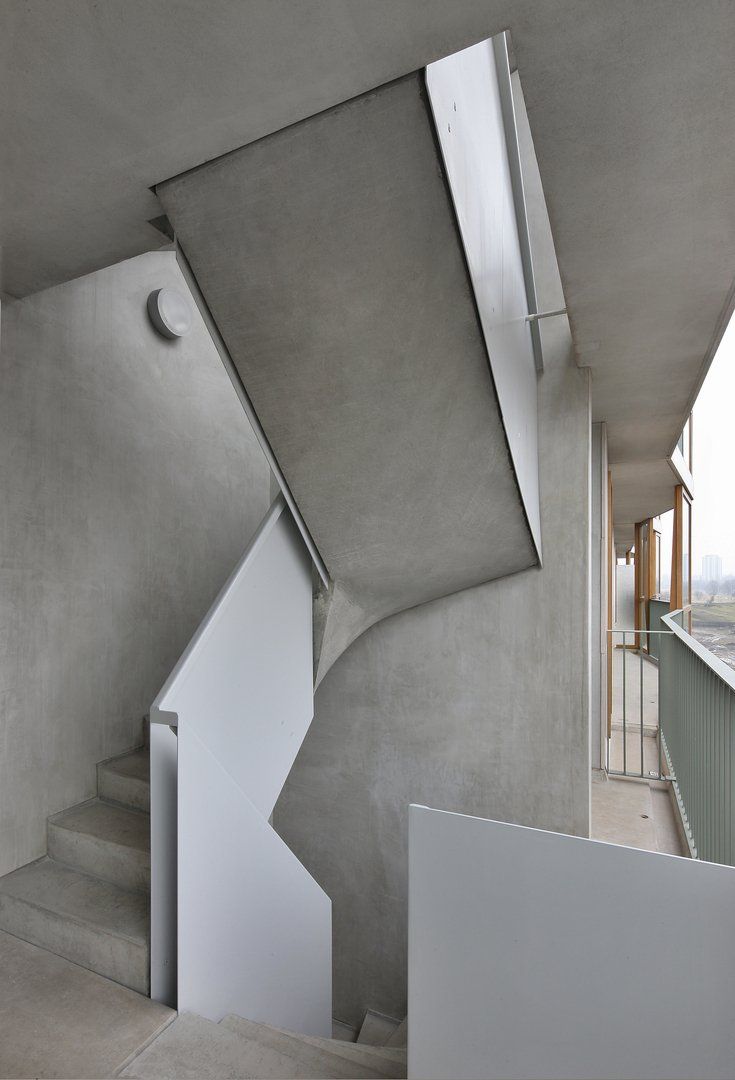British practice Tony Fretton Architects was founded in 1982 and is led by Tony Fretton and Jim McKinney. The practice has established a renowned international reputation for high design quality and professionalism. They are open to clients' ideas, insights and needs and respond creatively and with depth of thought.
Tony Fretton Architects has a renowned international reputation with both residential projects and cultural buildings. Internationally, they deliver best practice in design, organisation and construction. They deliver consistent design quality and project delivery in relation to local regulations and culture. Their body of work ranges from embassies, governmental and commercial offices, quality residences to art galleries and cultural buildings. They have a proven aptitude in exceeding their clients' expectations. This results in sustainable and pleasant use of the buildings with social and economic benefits both within the building and the adjacent public realm.
The design for the Lisson Gallery in London, completed in 1986 and 1992, is known internationally as a paragon of exhibition space for art, for the architectural experience they create and their social engagement with the surrounding city. These three aspects - exemplary functioning of space, creating an enjoyable experience and establishing fruitful interaction with the environment - are the underlying motifs in all their subsequent work.








